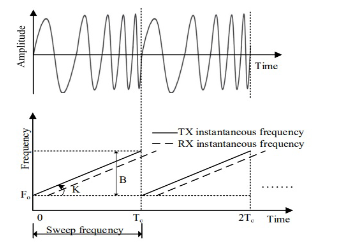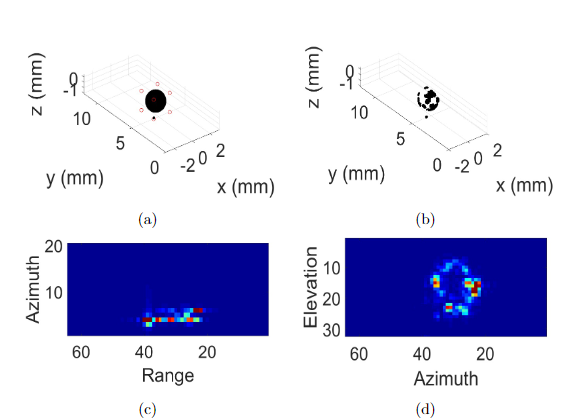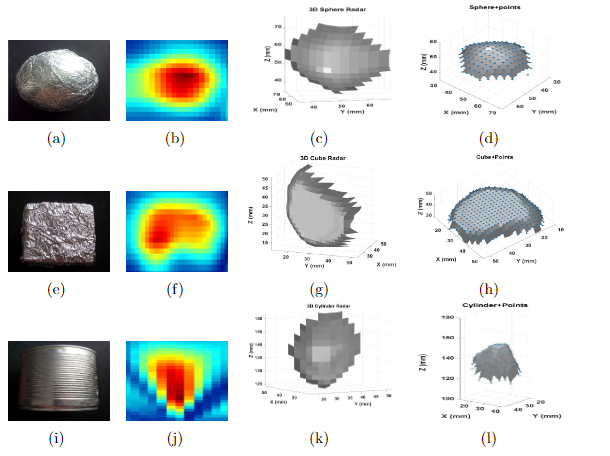Interface Diagnostic mass separation

For the programming, the interface used interface CSS before and added a new option in MAIN DIAGNOSTICS Diagnostic mass separation this option controlled Beam profile Monitor, Efficiency measurement, and Mass Scanning. The interfaces are controlled.
In the scanning for Magnetic Field (Electric Field constant ) and scanning Electric Field (Magnetic Field constant) the option is selected for the user to fix the field (Magnetic or Electric) mass initial, mass final, exposure time, and step mass for analysis.
INFN ISTITUTO NAZIONALE DI FISICA NUCLEARE LABORATORI NAZIONALI DI LEGNARO




